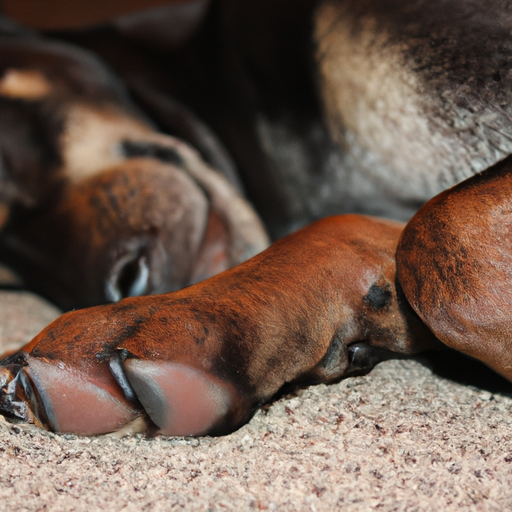How Fast Do Dogs Go Into REM Sleep? Discover the Speed of Canine REM Sleep!
When it comes to sleep, dogs are fascinating creatures. They have different sleep patterns compared to humans, and one of the most interesting phases of their sleep is the REM (Rapid Eye Movement) stage. In this article, we will explore the speed at which dogs enter REM sleep and delve into the world of canine sleep patterns.
Understanding REM Sleep in Dogs
REM sleep is a crucial phase of sleep for both humans and dogs. It is during this stage that dreams occur, and the brain becomes highly active. In humans, REM sleep typically occurs around 90 minutes after falling asleep. However, dogs have a much faster transition into REM sleep.
Research suggests that dogs can enter REM sleep within 20 minutes of falling asleep. This rapid transition is due to the difference in brain structure and sleep cycles between humans and dogs. Dogs have shorter sleep cycles compared to humans, and their REM sleep occurs earlier in the sleep cycle.
The Importance of REM Sleep for Dogs
REM sleep is essential for dogs’ overall well-being, just as it is for humans. During this stage, dogs experience increased brain activity, which is believed to play a vital role in memory consolidation and learning. It is also during REM sleep that dogs may exhibit involuntary movements, such as twitching or paddling their paws, indicating active dreaming.
Additionally, REM sleep is crucial for dogs’ emotional and behavioral health. Lack of sufficient REM sleep can lead to irritability, decreased cognitive function, and even behavioral issues. Therefore, ensuring that dogs have enough uninterrupted sleep, including adequate REM sleep, is essential for their overall health and happiness.
Factors Affecting Canine REM Sleep
Several factors can influence the quality and duration of REM sleep in dogs. These factors include:
1. Age: Puppies and younger dogs tend to have more frequent and longer REM sleep periods compared to older dogs.
2. Breed: Different dog breeds may have varying sleep patterns and REM sleep durations.
3. Physical Activity: Regular exercise and mental stimulation can promote better sleep, including REM sleep, in dogs.
4. Environment: Providing a comfortable and quiet sleeping environment can help dogs achieve deeper and more restful REM sleep.
5. Health Conditions: Certain medical conditions or medications may affect dogs’ sleep patterns, including REM sleep.
Conclusion
In conclusion, dogs have a faster transition into REM sleep compared to humans. They can enter this important sleep phase within 20 minutes of falling asleep. REM sleep is crucial for dogs’ overall well-being, including memory consolidation, learning, and emotional health. Factors such as age, breed, physical activity, environment, and health conditions can affect the quality and duration of REM sleep in dogs. By understanding and prioritizing their sleep needs, we can ensure that our furry friends enjoy a healthy and restful sleep, promoting their overall happiness and vitality.




